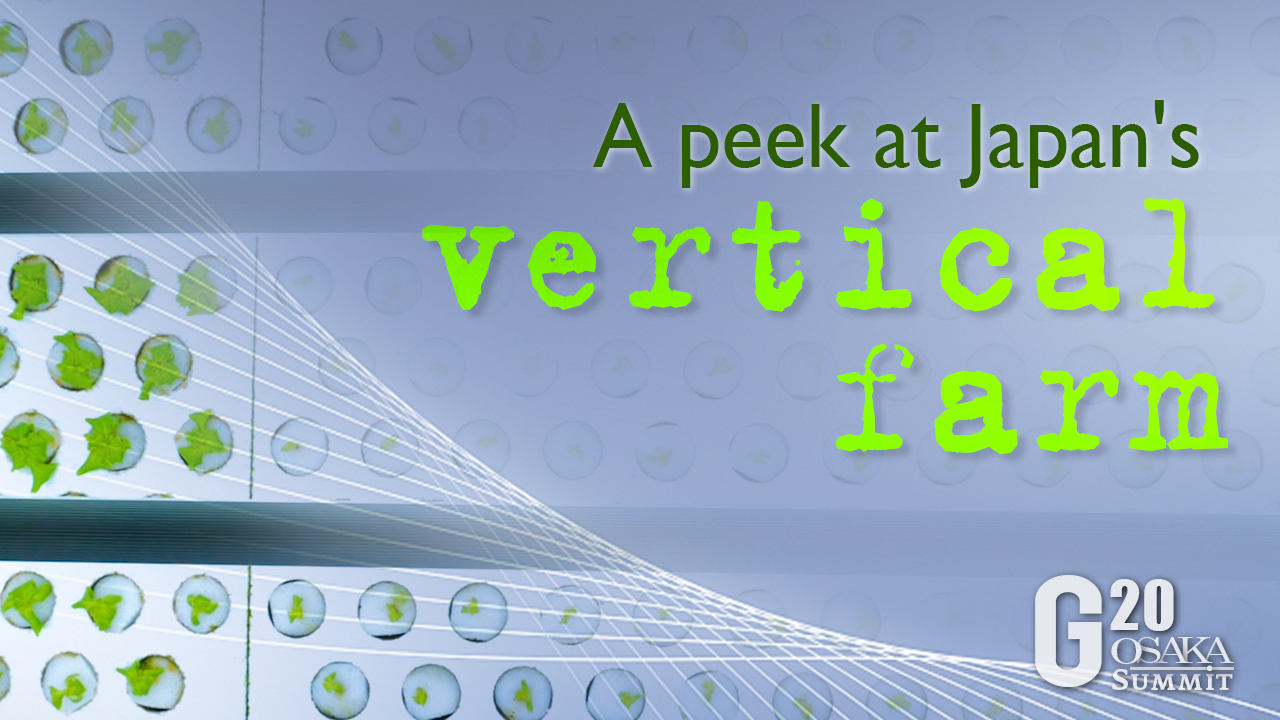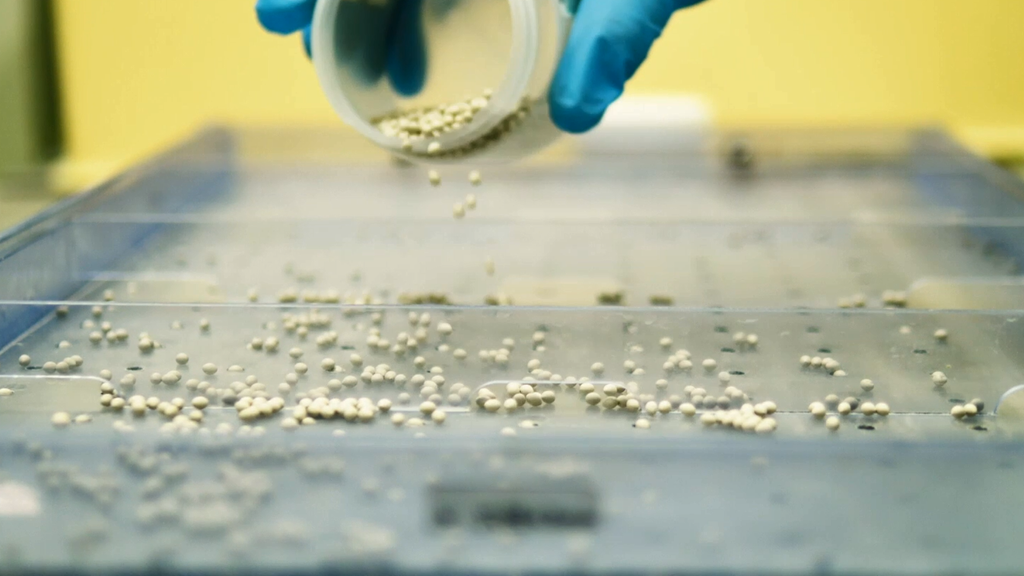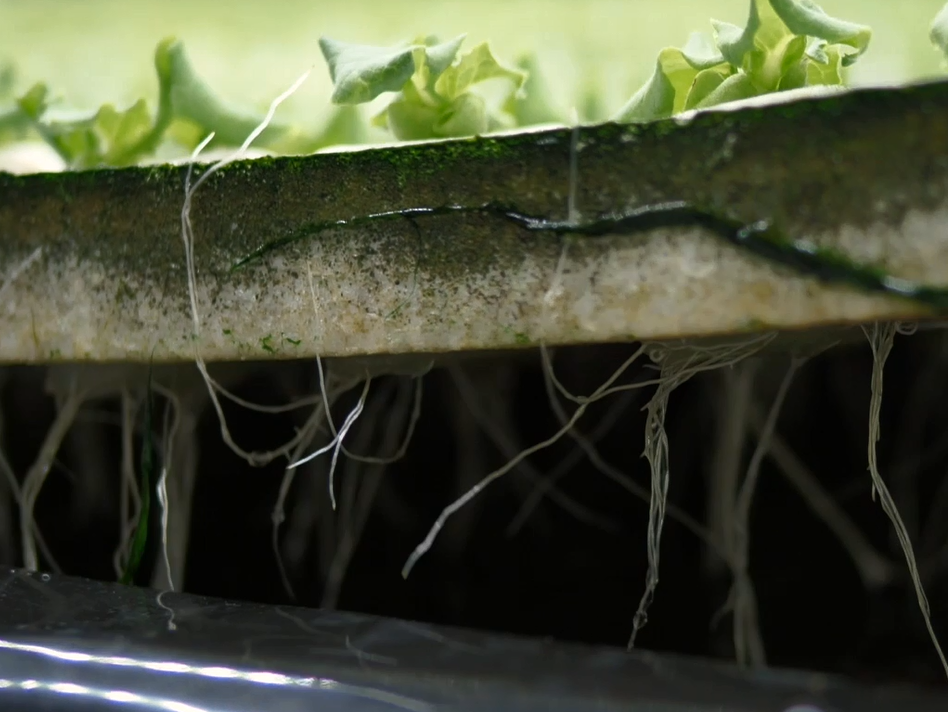

Vertical farming is a practice of producing green foods that are cultivated indoor in stacked layers and other vertical structures. These techniques allow food to grow throughout the year in smaller spaces without soil and natural light. Such a mode is believed to release less pollution than traditional planting methods as it avoids using pesticide and other pernicious chemicals.
Vertical farming revolutionizes the way we face the rising global population and energy shortages. "This is a very different and new way of agriculture," said Yasumasa Tahara, factory management assistant and sales of Noumann.
Noumann is a Japanese organic green foods planting factory located in Fukui Prefecture since 2014. It is one of the ecological factories that produce vegetables in this vertical farming mode.
A vertical farm relies on hydroponic or aeroponic organic farming techniques, meaning that no pesticides or synthetic fertilizers will pollute the waterways.
The procedure is strictly controlled to guarantee the food's quality. Before entering into the farming laboratory, the staff need to wear clean suits, wash the mouth and hands, and take an air shower to remove anything unwanted.
The advantages
In general, traditional agriculture requires strict growing conditions, regarding temperature, precipitation, and light. The natural conditions, to a large extent, will influence the taste and yield of vegetables. Conversely, vegetables in a vertical farm are free from the environmental impact, which can grow up in a strictly-controlled sanitary laboratory based on scientific data.

Vegetables in a vertical farm are free from the environmental impact, which can grow up in a strictly-controlled sanitary laboratory based on scientific data. /CGTN Photo
Under the same conditions, such plants grow in a suitable condition that is adjusted and optimized according to the experimental results and statistical analysis. Therefore, the growth and harvest of vegetables will increase regardless of weather and season.
In the off season or during extreme weather, Noumann can still grow plants as usual. As a result, the price of vegetables always remains the same so that people can enjoy the clean green food throughout the year. This all-year-round harvest mode provides more food compared with traditional farming.
For example, in Noumann, they can harvest 5,000 heads of lettuces per day, which would be 150,000 heads a month.
Saving space is another advantage. The new farming mode is designed to ease the pressure from increasing population, climate change, urbanization and decreasing arable land. There is no need to build a multi-hectare farm, which makes it possible to set up vertical planting bases in large cities. Vertical farms can be set in warehouses, skyscrapers, or shipping containers.
A good example of future farming
"Vertical farms are a new phenomenon, and it's just on the rise these days. For example, LED lights and conditioners are improving day by day. These improvements can pave the way for even better vertical farm soon," said Tahara.
Urbanization speeds up the needs for more high-quality food to feed the mounting population. Perhaps in the future, the vertical farm will be the main food source for mega cities in the world.

Vertical farm relies on hydroponic or aeroponic organic farming techniques: no pesticides or synthetic fertilizers will pollute the waterways. /CGTN Photo
"The technology for vertical farm is simple, and it can be all done in a building. So it can be done anywhere in the world. So I'm pretty sure it's going to increase around the world," he added.
"We are willing to see that the vertical farming mode will be broadly applied in the future days, such as growing plants in space, though currently, it still needs further testing and promoting."
Producer: Dang Zheng
Director: Guo Meiping
Videographer: Derek Hammer
Video editors: Derek Hammer, Sun Da
Cover image designer: Zhang Xuecheng

Copyright © 2018 CGTN. Beijing ICP prepared NO.16065310-3
Copyright © 2018 CGTN. Beijing ICP prepared NO.16065310-3